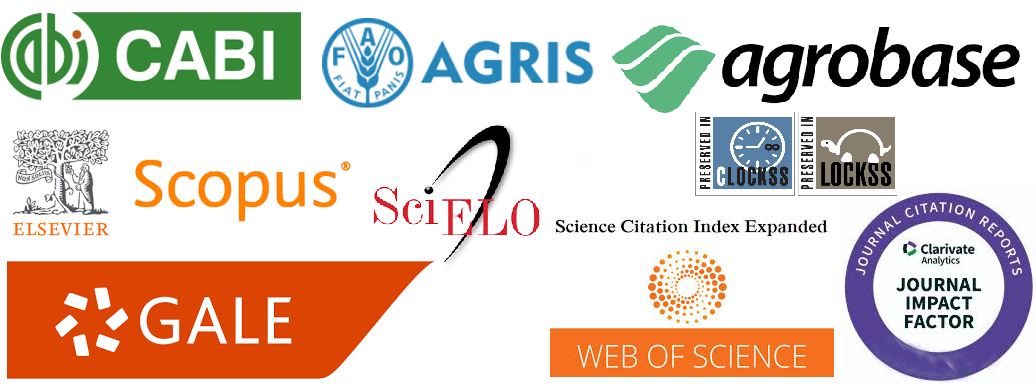Functional Papaya Breeding Program: Strategies, Achievements and Challenges
Keywords:
Carica papaya L., breeding strategies, cultivars development, fruit quality, fruit yield, disease resistanceAbstract
The functional papaya breeding program at UENF, in partnership with CALIMAN Agrícola S.A. company, was established in 1996 to develop superior cultivars, generate scientific knowledge, and forming papaya breeders. Brazil, the fourth-largest global papaya producer, relies on papaya breeding program to reduce dependence on imported seeds and enhance disease resistances. The program employs advanced and classical breeding strategies, including mating designs, backcrossing for sexual conversion, and recurrent selection. Significant achievements include the development of 21 registered hybrids, addressing the demand for different fruit sizes. Genetic studies identified key heterotic groups, demonstrating the viability of intragroup and intergroup hybridizations. Molecular approaches, such as QTL mapping and marker-assisted selection, contribute to papaya breeding. Additionally, digital phenotyping enhances precision in trait evaluation. Despite progress, challenges remain, including resistance to viral and fungal diseases, genetic purity maintenance, and the need for improved breeding efficiency. Future strategies involve genomic tools like CRISPR, participatory breeding, and recurrent selection to accelerate genetic gains. The program plays a crucial role in strengthening Brazil’s papaya industry, ensuring high-yield, disease resistant cultivars that meet market demands while advancing genetic research and breeding methodologies.
Downloads
Downloads
Published
Issue
Section
License

This work is licensed under a Creative Commons Attribution-NonCommercial 4.0 International License.






